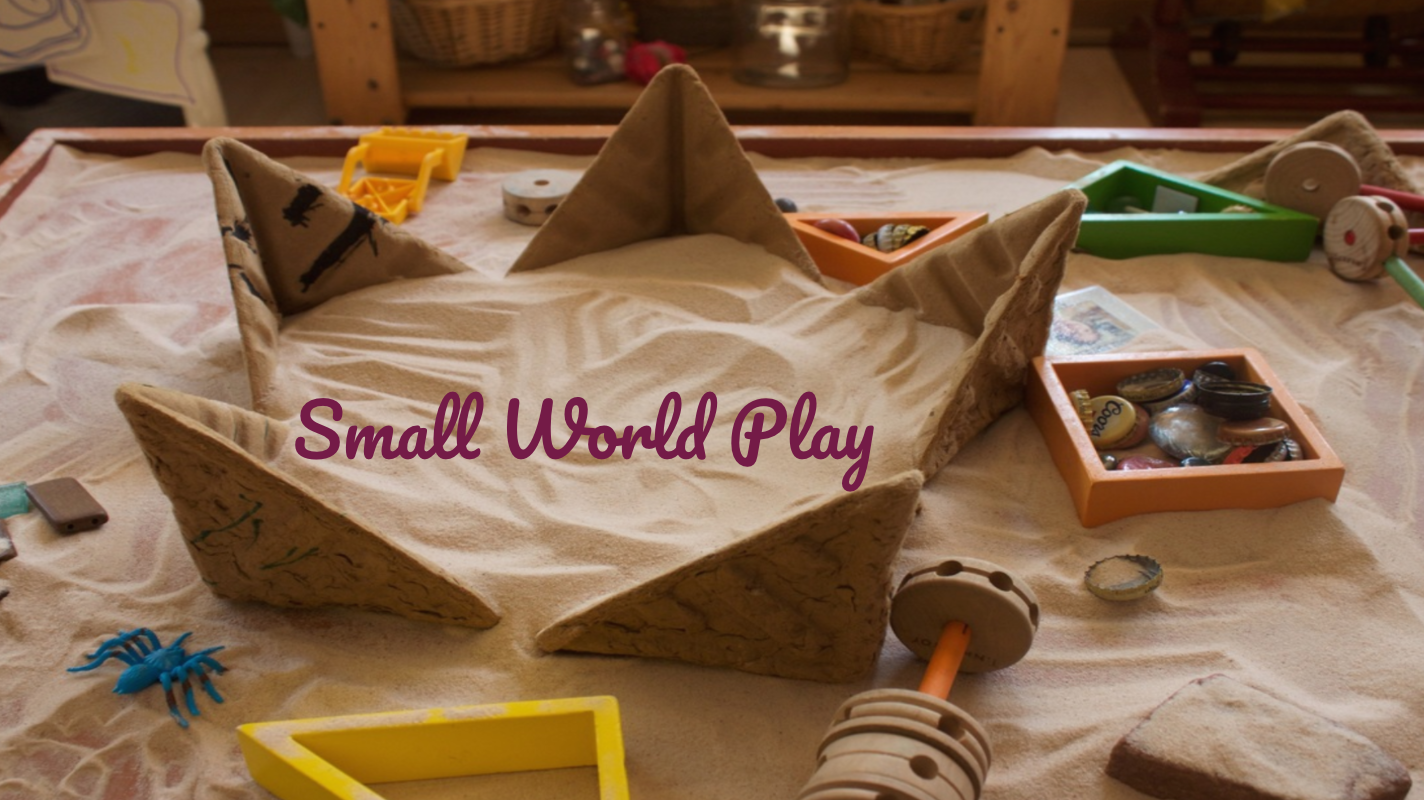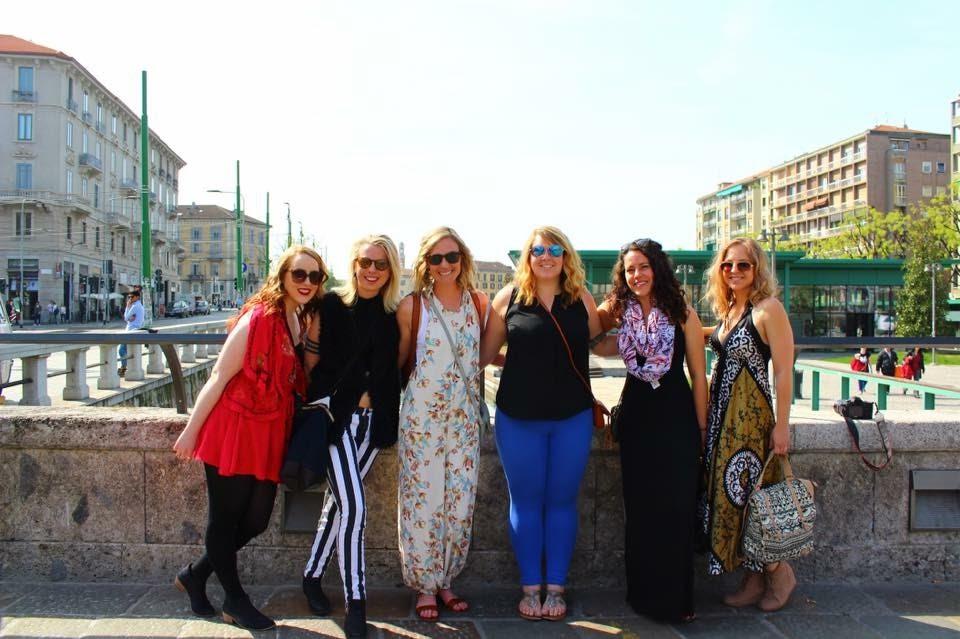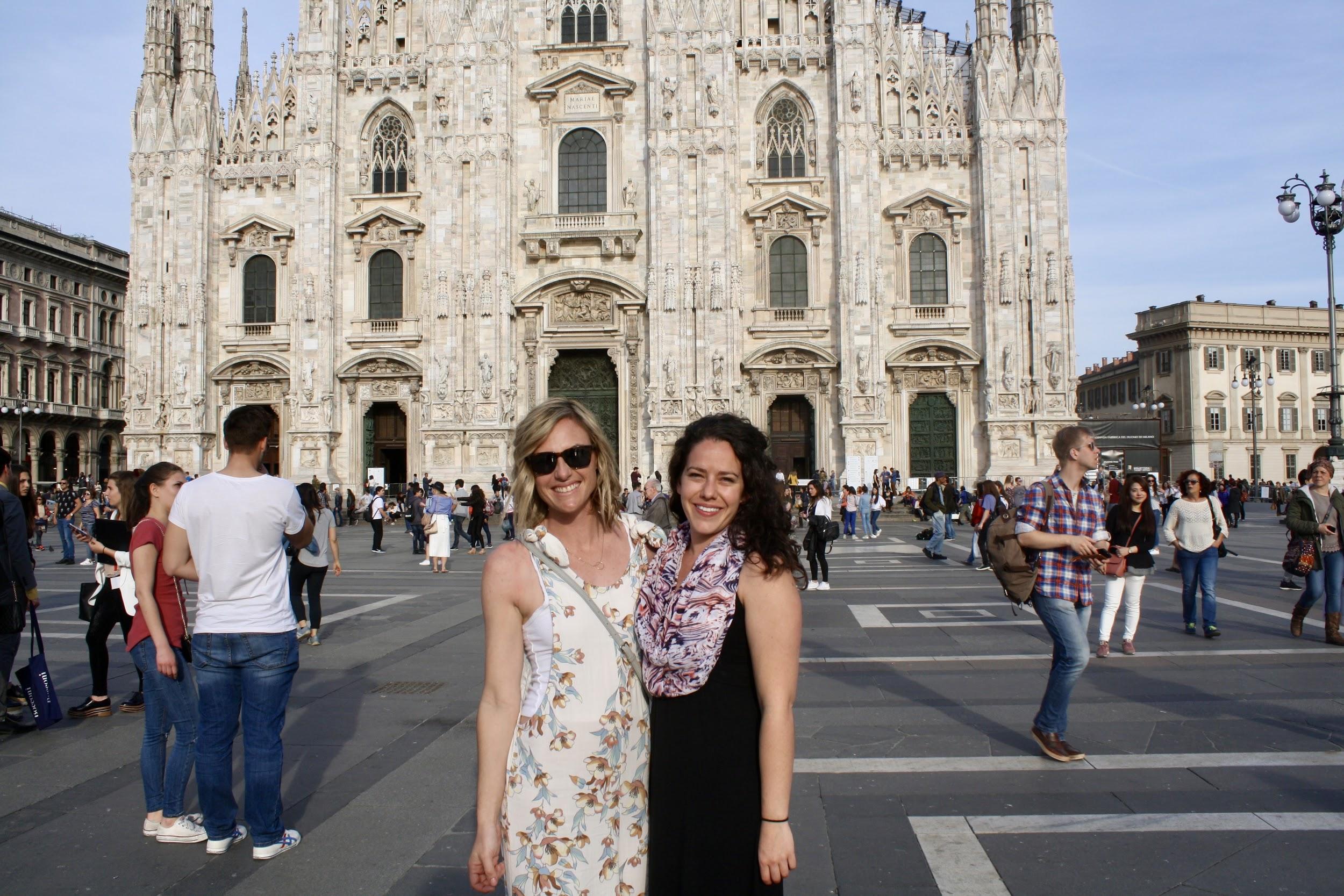Graduate students, enrolled in the Boulder Journey School Teacher Education Program (BJSTEP) are assigned readings and discussion topics to influence their daily classroom work. They use these readings and discussions to influence the experiences they offer in the classroom, outdoors, and in the community, then submit reflections that integrate their practical and academic research. Graduate students’ reflections are read, and feedback is offered by course instructors and classroom mentors. In this way, graduate students are offered space for theory to inform practice and practice to inform theory.
For the Developmentally Appropriate Curriculum (DAC) course, graduate students,, observe students, document their observations using a variety of tools, reflect on their documentation with colleagues, and develop and implement curriculum plans throughout the semester. To read an in-depth description of this course, refer to this blog post: Developmentally Appropriate Curriculum Course. Part IV of the DAC course asks graduate students to examine ways to extend the curriculum outdoors and into the community.
The following post is taken from a paper written by Meghna Gopal, graduate student in the 2017-2018 cohort, for the DAC course, Part IV.
In a world where violence appears to be on the rise, and media outlets are casting a negative outlook on the future, fear has begun to control the actions of society. In many cases, it seems that people are so focused on the negativity existing in the cultural environment, they are unable to enjoy themselves and take advantage of all the good life still has to offer. Unfortunately, this type of mentality is especially impactful on our youngest citizens. Parents seem hesitant to allow their children to play outside for extended periods of time or to wander too far out of their sight. Thus, many children are now spending more waking hours inside of their homes, as opposed to exploring the outdoors.
In addition, the rapid growth of technology and emphasis on standardized testing in schools have played a role in limiting children’s contact with nature. It is common to see young children staring at a digital screen for hours on end or having their recess compromised for more instructional time in the classroom to prepare for state testing. Given this, it is no wonder that a large percentage of children are suffering from sensory-related issues. Spending time outdoors gives children opportunities to freely release their energy, foster creativity, and enhance self-control. (Natural Learning Initiative, 2012). For this reason, it is crucial for both educators and parents to provide opportunities for young children to actively connect with and learn more about the natural world.
In my own classroom, I was considering ways I could create a palpable experience for the children to further discover the different aspects of nature. How could I bring the learning that was happening indoors into the outside environment? Over the past couple of months, the children have been extremely interested in the exploration of clay. My mentor teacher and I have designed various provocations involving clay, paired with other materials that could be incorporated into the experience. On one occasion the children explored natural materials, including pine cones, wood, shells, and rocks, with the clay. While the children seemed to enjoy deepening their understanding of the versatility of clay, they also actively engaged with the natural materials, pressing the materials into the clay to make imprints. Given their attraction to the natural materials during that particular experience, I decided to recreate the same provocation, but in an outdoor setting. I thought that the learning could be more meaningful if the children engaged with the natural materials while in a natural setting.

I chose to set up the provocation on a table located in the garden. The children often view this outdoor space as a peaceful escape from the action of the other outdoor classrooms. I felt that the calm atmosphere would offer them the chance to focus and fully participate in extending their learning.
To prepare for the provocation, I laid out clay boards on the table. I cut slabs of clay and placed one on each board. I also gathered a variety of natural materials, including pine cones, rocks, fall leaves, and sticks, that could be found in the garden. I placed the materials in the center of the table, as well as on the clay boards. I was curious to see how the children would interact with the materials in an outdoor environment, and whether or not they would draw inspiration from the previous provocation.
On a Friday morning, four children were invited to explore the materials that had been arranged in the garden. Almost immediately, they each picked up a stick and began poking the clay to create holes. One child also used the stick to create lines in the clay. The children made imprints with the rocks and pine cones, as they had done in the earlier experience.

Maya discovered that the pine cone could also be rolled back and forth on the clay to produce a pattern.

Moving the pine cone in this manner inspired her to explore rolling the clay itself. She folded her clay slab in half and began rolling it back and forth across the board. Two of the other children took notice of what she was doing, prompting them to also experiment with moving their clay in a back-and-forth motion. It is noted that toddlers tend to mimic the actions of their fellow peers, as well as adults (Colorado Early Learning and Development Guidelines, n.d.).

Perhaps, the highlight of the provocation was the creation of clay birthday cakes. Maya positioned a pine cone and a stick on her clay piece and started singing “Happy Birthday” to herself. Once she had finished singing, she pretended to blow out the candle, which she had represented with the stick. Not surprisingly, this resulted in the other children also wanting to construct cakes. They started shaping their clay and gathering the natural materials they wanted to use in bringing their creation to life. After the cakes had been made, they took turns singing “Happy Birthday” and pretending to blow out the candles. They each sang “Happy Birthday” to Maya, and not to themselves as she had done. Perhaps, this was their way of acknowledging that Maya was the one who had inspired them to create their own cakes. Or maybe they were following her lead and singing for her as she had done. Either way, it seemed as though Maya was able to celebrate her birthday a few months early with clay cakes.



It was certainly interesting to see how different each child’s representation of a cake was. While Maya’s cake was fairly simple, with just a stick and pine cone, Anna wrapped her clay around a pine cone and added leaves on top, possibly as decoration. Both Anders and Eli used a single pine cone for their piece of decoration. Eli had lines on his cake that he had drawn earlier with a stick, adding a little more intricacy to his creation.
Juniper, an older sibling who joined the experience, neatly arranged each material on her clay piece. She placed a big and small pine cone toward the center of the clay and added rocks and leaves in the spaces around the pine cones.

According to the Colorado Early Learning and Development Guidelines (n.d.), toddlers “use abstract things to represent other things in pretend play” (p.78). In this experience, the children were using their imaginations to depict the clay as cake. They also most likely used the natural materials to signify decorations, using the sticks for candles.
Looking back on this provocation, I was impressed by the children’s creative utilization of the natural materials presented to them. They were able to guide the exploration of these materials in ways that gave purpose and meaning to their learning. When the children were using the pine cones, rocks, and sticks to produce clay imprints, it is possible that they were connecting to a previous experience in which they also made patterns in the clay with similar materials. When Maya rolled the pine cone back and forth in the clay, she broadened her awareness of how the pine cone can be used with the clay.
I noticed that the children were far more engaged with the natural materials than they have been in the past. While they had explored the imprints that could be made with the various materials in a prior experience, they seemed more interested in the versatility of the clay itself. Their actions primarily consisted of squishing, flattening, and rolling the clay into the desired object. Thus, I concluded the natural materials simply did not yield as many possibilities as the clay. The hard surfaces of materials like pine cones and rocks prevented them from being easily manipulated into different shapes or objects. However, after observing how the children interacted with these same materials out in the garden, I have been reconsidering this earlier assumption. What was it about the experience that made the natural materials more attractive to the children? Did the outdoor setting play a role? Perhaps, the children were inspired by their surroundings.. In the movie, Lessons from a Forest Kindergarten, it is mentioned that nature has positive effects on a child’s creativity. The large spaces give children more freedom and opportunities to express themselves (Richter & Molomot, 2013). For this reason, being outside could have helped the children be more creative in their use of the natural materials, incorporating them into the making of the clay birthday cakes. The environment is often referred to as the third teacher and often greatly influences the learning that occurs during a particular experience.
In planning for future provocations, I want to continue integrating the outdoors . Given that nature plays such a big role in ensuring the healthy development of a young child (Natural Learning Initiative, 2012), it is important for children to have plenty of opportunities to fully understand and appreciate what it has to offer. Perhaps, I could present the same provocation to a different group of children or even in a whole group setting. Would the children be as interested in the natural materials as the first group was? How does a large group differ from a small group in terms of how the children interact with the materials?
In addition, I could offer the same provocation, but in a different outdoor space. How would materials in that space contribute to the children’s explorations? Natural materials could also be used with forms of media other than clay. For instance, a painting provocation in the garden could offer the children the experience of exploring how paint and natural materials interact, as well as the possibility of expanding their own interpretations of them on paper.
Additionally, I could take the children on a nature walk through the school neighborhood. We could collect various objects that we find along the way and add them to our classroom to produce a more natural look. Seeing these objects on a daily basis may also provoke the children to talk about their experiences on the walk.
Moreover, I would like to find a way to involve parents in the children’s learning. Maybe, we could organize an event at a local park where families could explore different classroom provocations in a community setting. Materials of interest to the children, such as clay, paper, and drawing utensils could be set up with more natural ones found in the park. How might the children extend their learning beyond the school environment? How might their families learn alongside them? Bringing the learning into this type of space would offer the children the opportunity to make connections between their experiences at school and in the community, helping them gain a deeper understanding of the world in which they live.
I feel it is imperative to expose young children to the outdoors. Nature allows children to process thinking and learning in ways that the inside classroom simply cannot. As mentioned earlier, the children in my class were able to more readily connect with the natural materials and use them to enhance their clay experience, something they had not quite done when engaging with the same materials inside. For this reason, I think educators and parents need to take into consideration the many benefits of nature to a child’s learning and development, and spend more time exploring the outdoors with children. In today’s society, it is becoming easier for our youngest citizens to lose touch with the natural world. Rather than let that happen, we should help them in cultivating a respect and love for the beauty and wonder that is nature, which will hopefully be passed onto future generations of children.
References
Colorado Early Learning & Development Guidelines (n.d.). Retrieved from https://www.cde.state.co.us/early/eldgs
Natural Learning Initiative (2012). Benefits of connecting children with nature: Why naturalize outdoor environments. Retrieved from https://naturalearning.org/sites/default/files/Benefits%20of%20Connecting%20Children%20with%20Nature_InfoSheet.pdf
Richter, R. (Producer), & Molomot, L. (Director). (2013). School’s out: Lessons from a forest kindergarten (Motion Picture). United States: Bullfrog Films





































































You must be logged in to post a comment.